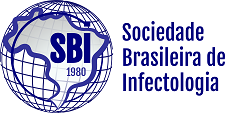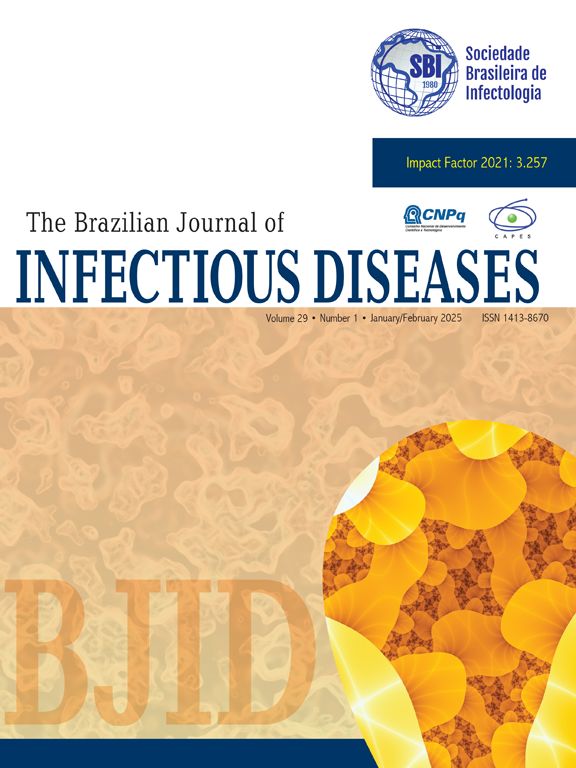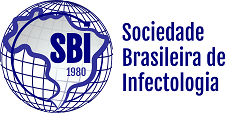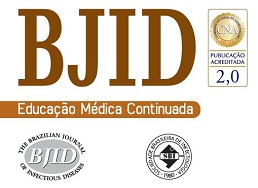The objective of this study was to identify the frequency of coinfection by human papillomavirus (HPV) and Chlamydia trachomatis (CT) in cervical lesions and relate it with immunohistochemical expression of p16INK4a and Ki67, both oncogenicity markers. A cross-sectional study with 86 women from primary care units in southern Brazil was conducted. Cervical swabs were collected for HPV-DNA and CT-DNA detection, through the polymerase chain reaction technique (PCR). The immunohistochemical analysis was performed on biopsy cervical tissue material to identify the expression of p16INK4a and Ki67 cell cycle markers. About 83 % were positive for HPV-DNA and 19% had coinfection with CT-DNA. Among coinfected women, 56% expressed p16INK4a. There was a statistically significant association between the histological grade of the lesion and Ki67 expression. All high-grade lesions, 50% of low-grade lesions and 31% of negative biopsies expressed Ki67 (p=0.004). A total of 37% of coinfected women expressed both markers. In conclusion, although more than half of the coinfected patients have expressed p16INK4a and more than one third have expressed both markers, these results suggest no association between those variables. However, other studies involving larger samples are necessary to corroborate such findings.
The Impact Factor measures the average number of citations received in a particular year by papers published in the journal during the two preceding years.
© Clarivate Analytics, Journal Citation Reports 2025
SRJ is a prestige metric based on the idea that not all citations are the same. SJR uses a similar algorithm as the Google page rank; it provides a quantitative and qualitative measure of the journal's impact.
See moreSNIP measures contextual citation impact by wighting citations based on the total number of citations in a subject field.
See more



